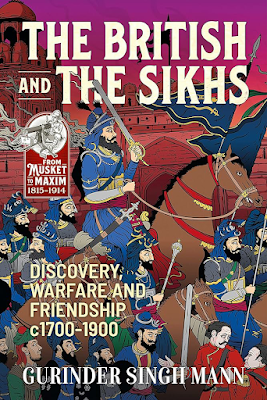An excerpt from, "How The British Sowed The Seeds For Khalistani Movement Before Indians Took Over: Part 2" By Sanjeev Nayyar, November 14, 2016:
To summarise, from the 1860’s to 1930 the British created the Hindu-Sikh divide by stating that only those sporting five k's could join the army, and by supporting the Tat Khalsa Movement, passing the Land Alienation Act in 1900 and the Sikh Gurudwara Act in 1925. The latter’s definition of a Sikh leant strongly towards the exclusivist Khalsa view. British policies made it economically beneficial to be declared a Sikh. It was a well thought through strategy to divide the people of Punjab.
An excerpt from, "UK authorities looking the other way on pro-Khalistan protests sends wrong signals to India" Kanwal Sibal, Indian Express, March 31, 2023:
The recent attack on the Indian mission in London by a Khalistani mob when the country’s national flag was desecrated and the British police failed to provide any security despite being alerted raises questions about the host government’s commitment to the Vienna Conventions and to the ambitious goals set out in the India-UK Roadmap 2030 to elevate bilateral ties to a comprehensive strategic partnership. Any real strategic partnership is founded on respecting the sovereignty and territorial integrity of parties and non-interference in internal affairs. The UK establishment does not respect these boundaries in allowing political activity by secessionist Sikh elements on its soil, in league, besides, with Muslims of Pakistani origin with links to Pakistan’s intelligence operatives in Britain. It needs to reflect on whether supporting Sikh separatism in the UK is compatible with the comprehensive strategic partnership that the two countries intend to forge.
Video Title: Who was the British intelligence officer in Canada that sowed the seeds of Khalistan? Source: ANI News. Date Published: March 30, 2023.
